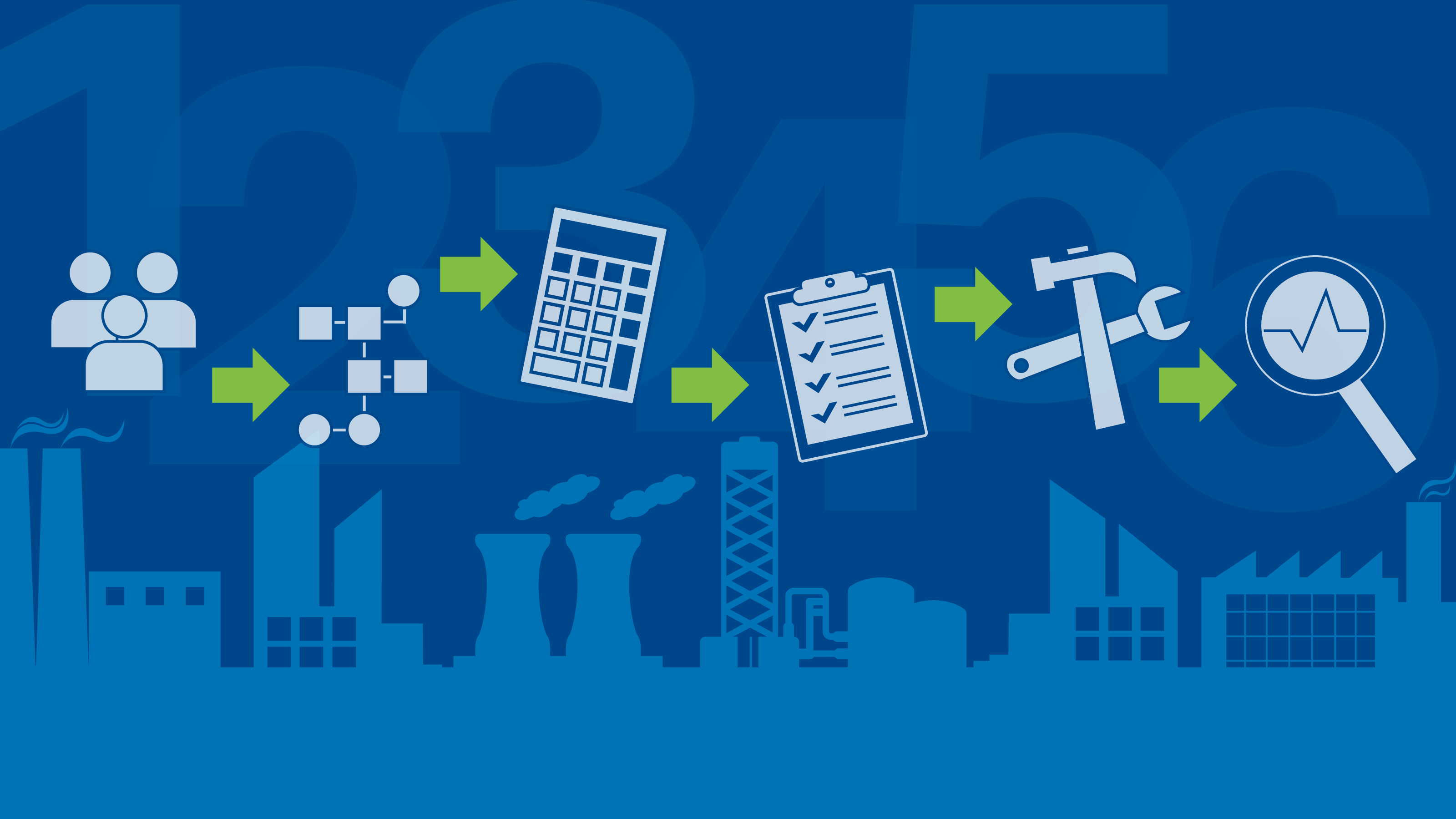A Cleaner Approach to Manufacturing and Production
When was the last time you evaluated waste in your manufacturing process? If you want to minimize the materials and energy you use and the wastes you produce, consider implementing cleaner production. This internationally accepted sustainable practice originated from an early-1990s 3M corporate protocol and was adopted by the United Nations Environment Program. It is a way to approach manufacturing more economically and to produce products that are safer for employees to make, safer for the environment, and that meet consumer demands for sustainable goods.
Consistent with what is also known as “sustainable manufacturing,” cleaner production asks you to continuously evaluate ways to eliminate waste and maintain cost efficiency throughout the entire product life cycle—from the time raw materials enter the facility to when a product hits the shelves. Examples of improvements include producing less wastewater or air pollution, decreasing toxic material use or reducing energy. Many industries have realized the benefits of cleaner production. For example, the pulp and paper industry cut its water use in half in the last 15 to 20 years, while many breweries in the last 10 years have significantly reduced water usage to 3 gallons of water per gallon of beer produced compared to 4 to 6 gallons previously.
To start improving the efficiency of your manufacturing process or product life cycle, follow these six steps to perform a cleaner production assessment:
-
Planning and Team Identification—Before you can start a cleaner production assessment, you will need buy-in from senior management. Once you have convinced them of the benefits, the message needs to trickle down to your shop floor staff. To kick off the program, you should determine the boundaries of your assessment, be prepared to commit to the necessary data collection, define the economic evaluation requirements and select employees to carry out the assessment.
-
Pre-Assessment—You need to benchmark material and energy consumption in your process before you can choose options to reduce them. Create mass and energy balance diagrams that measure the amount of materials and energy coming into and leaving your facility. Prepare or obtain process flow diagrams (PFDs). Create an eco-map to help you visualize where material and energy use is highest within the facility. Finally, conduct a walk-through of the process so you can identify waste streams with your own eyes.
-
Assessment—As you begin measuring consumption, correct your material and energy balances and PFDs. Then, assign or calculate costs for materials, energy use and waste treatment. Define any potential existing risks and, finally, begin defining your options.
-
Feasibility Analysis—With options in hand, you will need to create a decision matrix, assigning values to implementation costs, operability and environmental impact. Ranking these options will help you weed out approaches that are much less implementable. For the possibilities that do have potential, you will need to do a more detailed economic analysis, which can be a complex process requiring you to further examine materials, technologies, utilities and more.
-
Implementation—The next step involves prioritizing and executing the actions that are most important. Importance can be determined by what actions create the largest benefits. It could also mean tackling the low-hanging fruit first, such as installing pistol-grips on spray nozzles to reduce leakage during facility wash downs.
-
Monitoring—Last, and very important, in the cleaner production assessment is monitoring. It is critical that following implementation, the team confirms that the desired objectives have been achieved. A strong cleaner production practice is also continuous and involves repeating these steps every couple years. An easy trap to fall into is thinking that your current manufacturing process is adequate or fully optimized. An “If it isn’t broke, don’t fix it” mentality can result in falling behind your competition. Planning to conduct an assessment every couple of years for a complex process can seem overwhelming initially. However, companies that truly embrace cleaner production and find success with it are always looking for new ways to improve. Consider gathering your team regularly to solicit ideas for continuous improvement. Hiring an engineering consultant is another way to reduce the burden on your staff.
When employed properly and consistently, with top-down staff support, cleaner production is the most efficient and effective long-term approach for designing and operating industrial processes that produce products sustainably.







